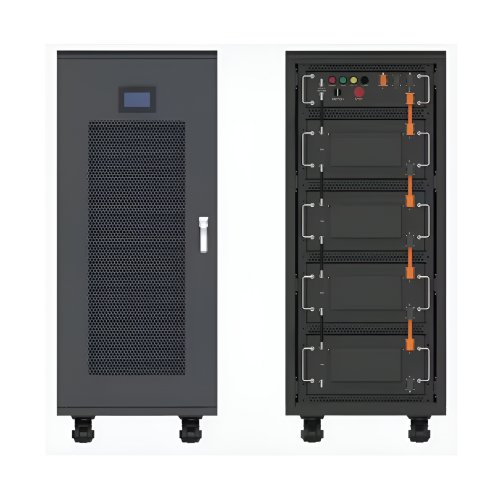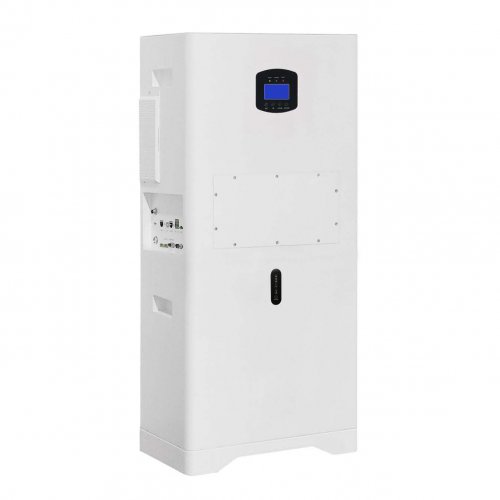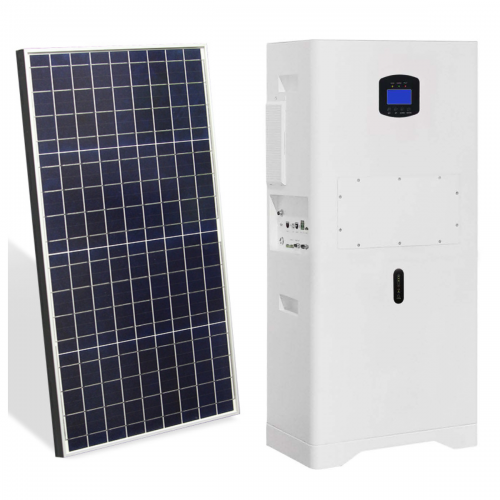Advances In Carbon Coating: Enhancing Performance In Energy Storage And Beyond
Carbon coating, a surface engineering technique involving the deposition of a thin layer of carbonaceous material onto substrate particles, has solidified its position as a cornerstone of advanced materials science. Initially developed to improve the electrical conductivity of electrode materials in lithium-ion batteries (LIBs), its application has rapidly expanded into diverse fields including catalysis, biomedicine, and environmental protection. Recent research has focused not merely on applying a generic carbon layer but on precisely engineering its structure, composition, and interface at the atomic level to unlock unprecedented functionalities and performance enhancements.
Latest Research Findings and Technological Breakthroughs
The most significant progress has been witnessed in the realm of energy storage, particularly for next-generation batteries. While carbon coating has long been used on lithium iron phosphate (LiFePO₄) cathodes to boost rate capability, its role is now critical for high-capacity but low-conductivity anode materials like silicon (Si) and tin (Sn). Silicon anodes, which offer a theoretical capacity nearly ten times that of graphite, suffer from severe volume expansion (>300%) during lithiation, leading to pulverization and rapid capacity fade. Recent breakthroughs involve the design of conformal, flexible, and often multifunctional carbon coatings.
For instance, researchers have developed hollow carbon nanospheres or yolk-shell structures where a silicon nanoparticle is encapsulated within a porous carbon shell with void space to accommodate expansion. A study by Liu et al. (2022) demonstrated a chemical vapor deposition (CVD)-derived nitrogen-doped carbon coating on Si nanoparticles, which not only provided a highly conductive and mechanically robust framework but also created a more stable solid-electrolyte interphase (SEI), resulting in a capacity retention of 92% after 500 cycles.
Beyond LIBs, carbon coating is proving indispensable for sodium-ion (SIB) and potassium-ion (KIB) batteries, where electrode materials often exhibit poorer intrinsic conductivity than their lithium counterparts. For example, coating Na₃V₂(PO₄)₃ cathode materials with a thin carbon layer has been shown to dramatically enhance their electronic conductivity and sodium-ion diffusion kinetics, making them viable for commercial applications (Zhang et al., 2023).
The technique itself has seen substantial refinement. Moving beyond traditional solid-state synthesis and chemical vapor deposition (CVD), novel methods are emerging. Atomic layer deposition (ALD) and molecular layer deposition (MLD) allow for the creation of ultra-thin, highly uniform, and pinhole-free carbon-based films with exquisite control over thickness down to the angstrom level. Furthermore, the use of novel carbon precursors, such as metal-organic frameworks (MOFs) or covalent organic frameworks (COFs), is gaining traction. Pyrolysis of these structured precursors can result in coatings with inherent porosity, specific heteroatom doping (e.g., N, S, B), and tailored surface chemistry, adding a new dimension of functionality beyond mere conductivity.
This concept of "functional carbon coating" is a key breakthrough. Heteroatom doping, particularly with nitrogen, sulfur, or boron, modifies the electron distribution and creates defective sites on the carbon matrix. This is not only beneficial for charge transfer but also introduces catalytic activity. In electrocatalysis, for example, a cobalt-based nanoparticle catalyst for the oxygen reduction reaction (ORR) can be encapsulated in a nitrogen-doped carbon shell. This coating protects the core nanoparticle from aggregation and leaching, while the doped carbon shell itself can act as a highly active and durable metal-free catalyst site (Wang et al., 2023).
Future Outlook and Challenges
The future of carbon coating research lies in the transition from empirical, "one-size-fits-all" approaches to intelligent, application-specific design. Several exciting directions and challenges are on the horizon:
1. Multifunctional and Graded Coatings: Future coatings will be engineered to perform multiple roles simultaneously—conducting electrons, facilitating ion transport, suppressing dendrite growth, and stabilizing interfaces. This may involve creating gradient or multilayer coatings with spatially varying composition and properties. 2. In-situ and Operando Characterization: Understanding the evolution of the coating and its interface with the active materialduringoperation (e.g., during battery cycling) is crucial. The wider use ofin-situTEM, X-ray spectroscopy, and Raman microscopy will provide invaluable insights for designing more resilient coatings. 3. Sustainability and Scalability: As the demand for coated materials grows, developing low-cost, energy-efficient, and environmentally friendly coating processes is paramount. Exploring sustainable carbon sources (e.g., biomass) and developing scalable techniques like aerosol-assisted or fluidized-bed CVD will be a major focus. 4. Expansion into New Frontiers: The application of carbon coatings will continue to expand. In biomedicine, carbon-coated magnetic nanoparticles show promise for targeted drug delivery and hyperthermia. In environmental science, coated photocatalysts exhibit enhanced stability and activity for water splitting or pollutant degradation. 5. AI-Guided Design: Machine learning and artificial intelligence are poised to play a significant role in predicting the optimal coating parameters (thickness, doping type, crystallinity) for a desired set of material properties, drastically accelerating the development cycle.
In conclusion, carbon coating has evolved from a simple conductivity-enhancing treatment into a sophisticated discipline of interface engineering. The latest research demonstrates that precise control over the nanostructure and chemistry of the carbon layer is a powerful tool to overcome fundamental material limitations, particularly in electrochemistry. As we deepen our understanding and control at the atomic scale, carbon coating will remain a vital enabler for technological advancements across a rapidly broadening spectrum of science and engineering.
References:
1. Liu, Y., et al. (2022). N-Doped Carbon Layer Encapsulated Si Nanoparticles for High-Performance Lithium-Ion Battery Anodes.ACS Nano, 16(4), 6255-6265. 2. Zhang, B., et al. (2023). Carbon-Coated Na₃V₂(PO₄)₃: Advances in Cathode Materials for Sodium-Ion Batteries.Advanced Energy Materials, 13(15), 2203450. 3. Wang, J., et al. (2023). Recent Progress in Heteroatom-Doped Carbon Catalysts for Oxygen Reduction Reaction.Chemical Society Reviews, 52, 1387-1415.
Customized/OEM/ODM Service
HomSolar Supports Lifepo4 battery pack customization/OEM/ODM service, welcome to contact us and tell us your needs.


HomSolar: Your One-stop LiFePO4 Battery Pack & ESS Solution Manufacturer
Our line of LiFePO4 (LFP) batteries offer a solution to demanding applications that require a lighter weight, longer life, and higher capacity battery. Features include advanced battery management systems (BMS), Bluetooth® communication and active intelligent monitoring.

Customised Lithium Iron Phosphate Battery Casing
ABS plastic housing, aluminium housing, stainless steel housing and iron housing are available, and can also be designed and customised according to your needs.

HomSolar Smart BMS
Intelligent Battery Management System for HomSolar Energy Storage System. Bluetooth, temperature sensor, LCD display, CAN interface, UART interface also available.


Terminals & Plugs Can Be Customized
A wide range of terminals and plugs can be customised to suit the application needs of your battery products.

Well-designed Solutions for Energy Storage Systems
We will design the perfect energy storage system solution according to your needs, so that you can easily solve the specific industry applications of battery products.



About Our Battery Cells
Our energy storage system products use brand new grade A LiFePO4 cells with a battery lifespan of more than 4,000 charge/discharge cycles.



Applications in Different Industries
We supply customized & OEM battery pack, assemble cells with wiring, fuse and plastic cover, all the cell wires connected to PCB plug or built BMS.
Applications: E-bike, Electric Scooter, Golf Carts, RV, Electric Wheelchair, Electric Tools, Robot Cleaner, Robot Sweeper, Solar Energy Storage System, Emergency Light, Solar Power Light, Medical Equipment, UPS Backup Power Supply.
We can provide you with customized services. We have the ability to provide a vertical supply chain, from single cells to pack/module and to a complete power solution with BMS, etc.


HomSolar (Shenzhen) Technology Co., Ltd
























